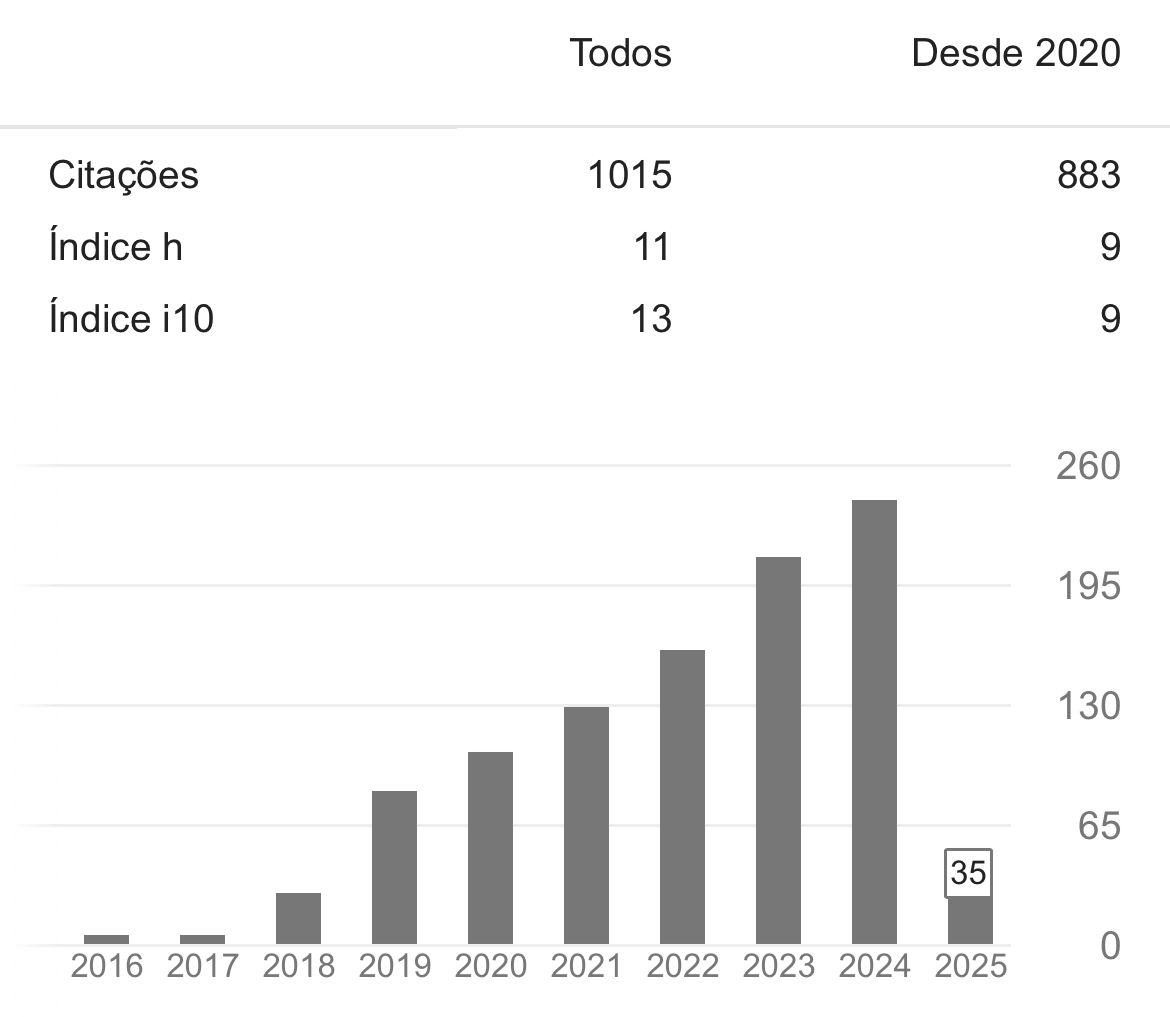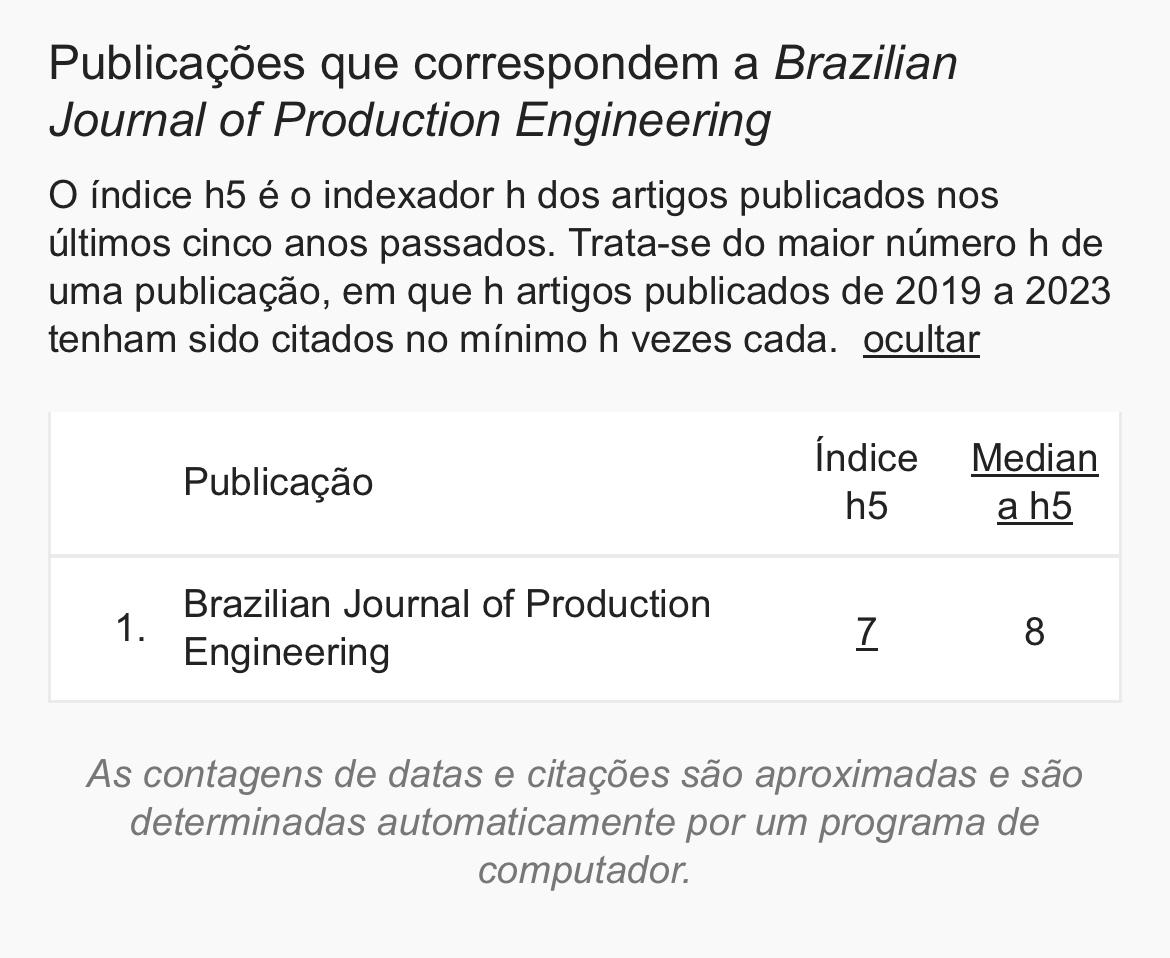Prevalence of violence against women in the Northeast: a public health issue
DOI:
https://doi.org/10.47456/bjpe.v6i7.33132Keywords:
Violence; Woman; Public health.Abstract
Introduction: Violence against women is a global phenomenon that does not respect race, religion or social class. It is characterized by the use of words or actions that hurt as people and can result in injury, suffering and even death. It is a major social problem that knows no geographical barriers and is spreading throughout the world. Objective: Analyze the prevalence of violence against women in the Northeast and its impacts on public health. Methodology: an integrative literature review, in which the LILACS and SCIELO databases were used for research through Health Sciences Descriptors. As inclusion criteria, they were selected as publications in Portuguese and English, available in full and included in the time frame of the last 7 years. Conclusion: the results showed that violence against women is a serious social problem, but that every day it also becomes a serious public health problem. The services offered by Primary Health Care are essential for the identification of occurrences of violence against women. For the identification process to be successful, it is necessary that the health professionals responsible for care are trained. Many doctors, nurses and responsible health workers are not familiar with the topic. There are also professionals who readily identify the situation of violence, but feel powerless. Very often, the victim does not consider that a problem of domestic violence should be analyzed and recognized as a problem related to the health system.
Downloads
References
Alves, M. H. M., & Evanson, P. (2013) . Vivendo no fogo cruzado: moradores de favela, traficantes de droga e violência policial no Rio de Janeiro. São Paulo, Editora Unesp.
Alves, R. E. O., & Leal, L. V. M. (2013). Violencia psicológica e a saúde da mulher. Disponível em: http://www.fesurv.br/imgs/13%20VIOL%C3%8ANCIA%20PSICOL%C3%93GICA%20E%20A%20SA%C3%99ADE%20DA%20MULHER%20ED.pdf. Acesso em: 03 mar. 2019.
Amaral, C. C. G. (2002) Violência em delegacias da mulher no Nordeste. In: Gênero e Cidadania. Coleção Encontros. PAGU/Núcleo de Estudos de Gênero.
Andrade, C.J.M. (2009). As equipes de saúde da família e a violência doméstica contra a mulher: um olhar de gênero. São Paulo: Escola de Enfermagem, Universidade de São Paulo.
Borin, T.B. (2007). Violência doméstica contra a mulher: percepções sobre violência em mulheres agredidas. Dissertação. Faculdade de Filosofia, Ciências e Letras de Ribeirão Preto. Ribeirão Preto, São Paulo.
Bourdieu, P. (2003). A dominação Masculina. 3ª Ed. Rio de Janeiro: Bertrand Brasil, 2003.
Brasil, Ministério da Saúde. Portaria nº 104, de 25 de Janeiro de 2011. Define as terminologias adotadas em legislação nacional, conforme o disposto no Regulamento Sanitário Internacional 2005 (RSI 2005), a relação de doenças, agravos e eventos em saúde pública de notificação compulsória em todo o território nacional e estabelece fluxo, critérios, responsabilidades e atribuições aos profissionais e serviços de saúde. Disponível em: < http://bvsms.saude.gov.br/bvs/saudelegis/gm/2011/prt0104_25_01_2011.html> Acesso em: 25 abr. 2019.
Carneiro, .A.A., & Fraga, C.K. (2012). A Lei Maria da Penha e a proteção legal à mulher vítima em São Borja no Rio Grande do Sul: da violência denunciada à violência silenciada. Serv. Soc. Soc. São Paulo, n. 110, p. 369-393.
Coelho, E. B. S., Silva, A. C. L. G., & Lindner, S. R. (2014). Violência: definições e tipologias. Universidade Federal de Santa Catarina. Florianópolis.
Day, V. P. et al. (2020). Violência Doméstica e suas diferentes manifestações. Rev. psiquiatr. Rio Gd. Sul, Porto Alegre, v. 25, suppl. 1, 2003. Disponível em: http://www.scielo.br. Acesso em: 09 jun. 2020.
Deslandes, S.F.; Gomes, R.; $ Silva, C.M.F.P. (2000). Caracterização dos casos de violência doméstica contra a mulher atendidos em dois hospitais públicos do Rio de Janeiro. Cad. Saúde Pública, v, 16, n. 1.
Dias, S. P. A. (2019). Um breve histórico da violência contra a mulher. 2010. Disponível: http://araretamaumamulher.blogs.sapo.pt/16871.html. Acesso em: 01 mar.
Gil, A. C. (2010). Como elaborar projetos de pesquisa. 5. ed. São Paulo: Atlas, 184p.
Lakatos, E. M., & Marconi, M. A. (2010). Fundamentos de metodologia científica: Técnicas de pesquisa. 7 ed. – São Paulo: Atlas.
Leite, M. T. S., Figueiredo, M. F. S., Dias, O. V., Vieira, M. A., Souza, L. P. S., & Mendes, D. C. (2014). Reports of violence against women in different life cycles. Rev. Latino-Am. Enfermagem; 22(1):85-92.
Lucena, K. D. T et al. (2017) Association between domestic violence and women’s quality of life. Rev. Latino-Am. Enfermagem, Ribeirão Preto, v. 25, e2901.
Nascimento, P. C. (2004). Violência doméstica contra a mulher: Serviço Social no espaço do CEVIC. Disponível em: http://tcc.bu.ufsc.br/Ssocial287481.PDF. Acesso em: 20 jun. 2020.
Neto, J. S., Bezerra, C. R. M., Fernandes, N. P., Medeiros, R. M., SÁ, S. A. M., & Pinto, D. S. (2015) Violência contra a mulher no contexto da saúde pública. Rev. Ciênc. Saúde Nova Esperança, v. 13, n. 2, p. 60-65.
Organização Panamericana de Saúde (OPAS). Informe mundial sobre la violência y la salud: resumen. Washington; 2002.
Rocha, M. G. G., & Souza, J. L. C. (2013) Lei Maria da Penha Frente a Um dos Limites de sua Aplicabilidade. In: Daniel Chaves de Brito; Jaime Luiz Cunha de Souza. (Org.). Na Periferia do Policiamento: direitos humanos, violência e práticas policiais. 1ªed.Belém: Paka-Tatu.
Rosa, R. et al. (2010). Violence: concept and experience among health sciences undergraduate students. Interface - Comunic., Saude, Educ., v.14, n.32, p.81-90, jan./mar.
Santiago, R. A., & Coelho, M. T. A. D. (2011). A Violência contra a mulher numa perspectiva histórica e cultural. Disponível: https://repositorio.ufba.br/ri/bitstream/ri/5234/1/A%20VIOL%C3%8ANCIA%20CONTRA%20A%20MULHER%20NUMA%20PERSPECTIVA%20HIST%C3%93RICA%20E%20CULTURAL.pdf. Acesso em 01 mar. 2019.
Schraiber, L.B., D’Oliveira, A.F.P.L., Couto, M.T., Hanada, H., Kiss, L.B., & Durand, J.G. et al. (2007). Violência contra mulheres entre usuárias de serviços públicos de saúde da Grande São Paulo. Rev Saúde Pública, v. 41, n. 3.
Tavares, O. (2011). Violência Conjugal - Dados sociodemográficos, comportamentos e crenças associados, “Fragmentos de um Amor menor”. Dissertação de mestrado não publicada, Portalegre, Escola Superior de Educação.
Viana, A., Lira, M., Vieira, M., Sarmento, S., & Souza, A. (2018). Violência contra a mulher. Revista de Enfermagem UFPE on line. v. 12. p. 923-929.
Vilela, O. (1997). A Violência no mundo atual. São Paulo: Loyola.
Downloads
Published
How to Cite
Issue
Section
License
Copyright (c) 2020 Brazilian Journal of Production Engineering - BJPE

This work is licensed under a Creative Commons Attribution-NonCommercial-ShareAlike 4.0 International License.

















































































